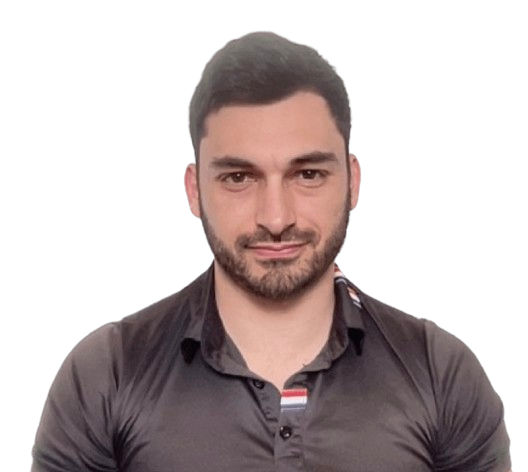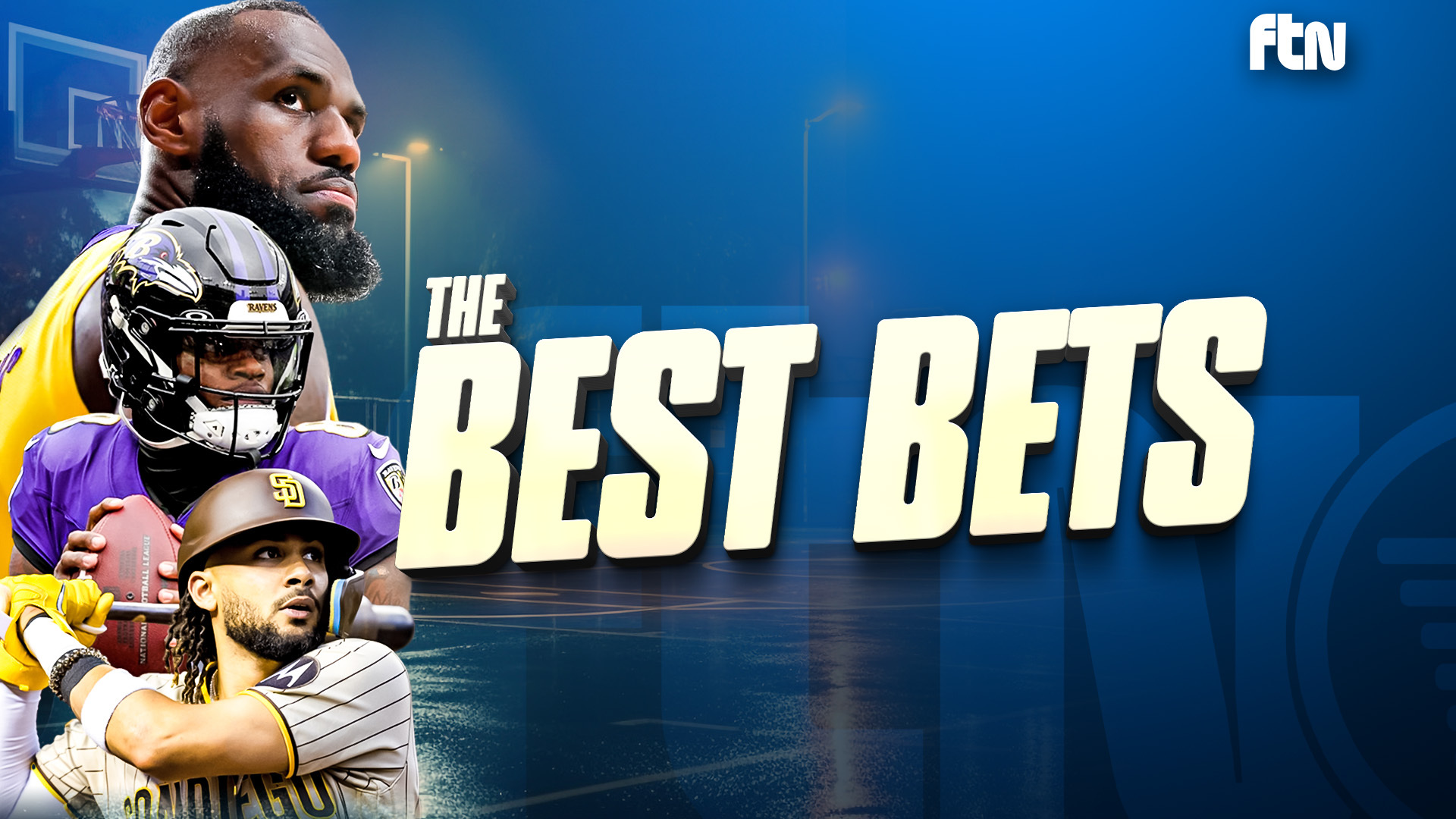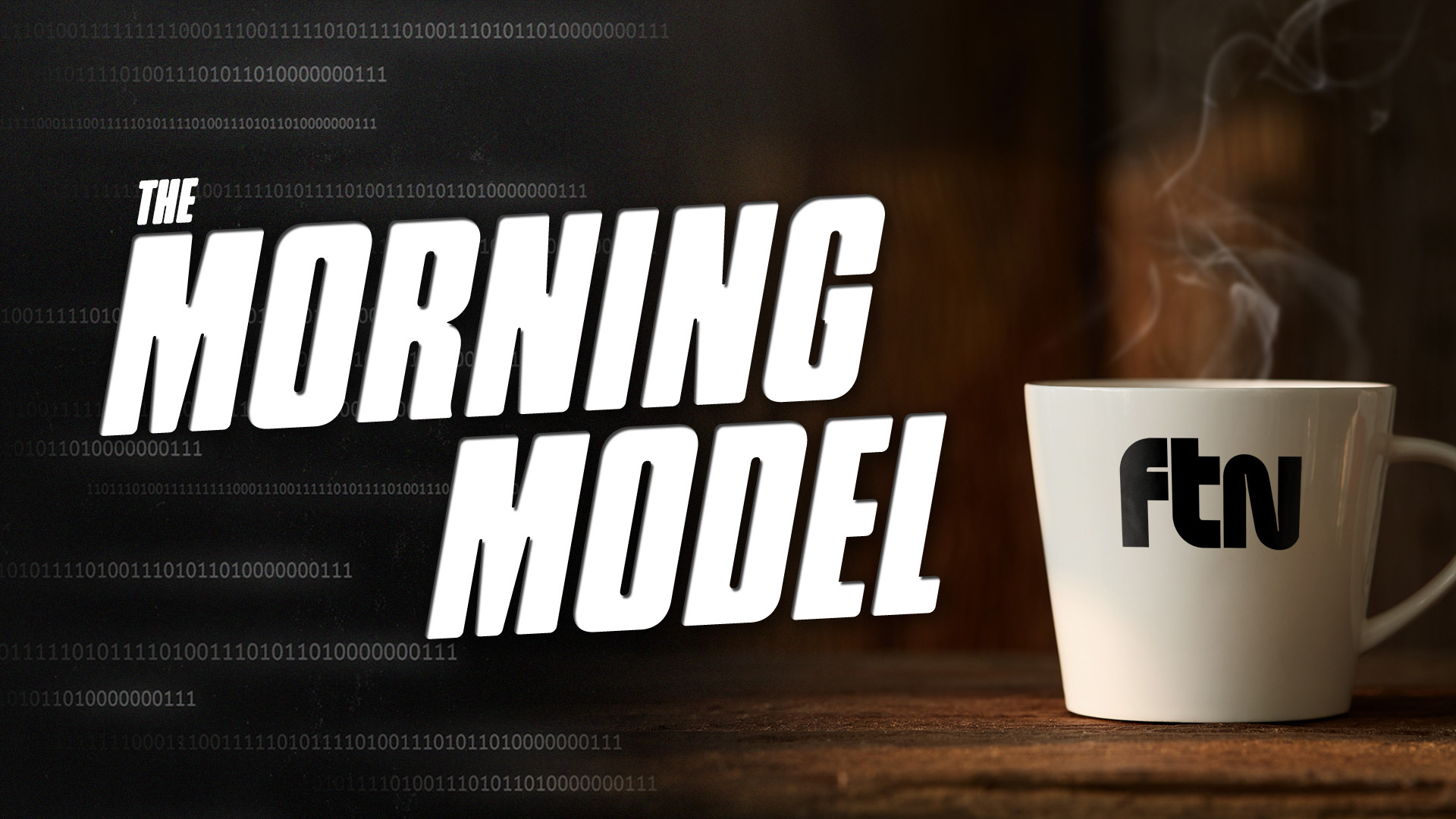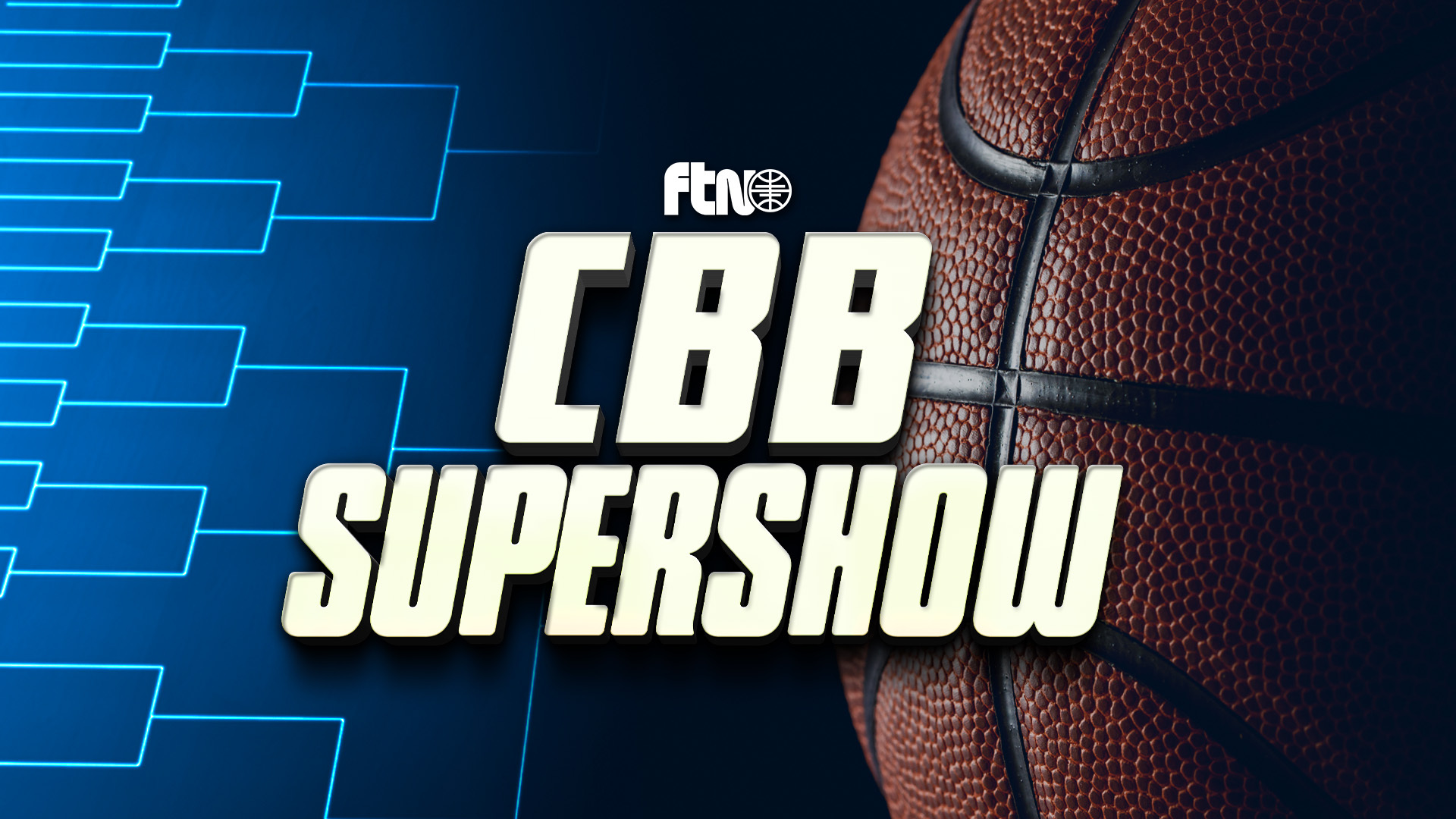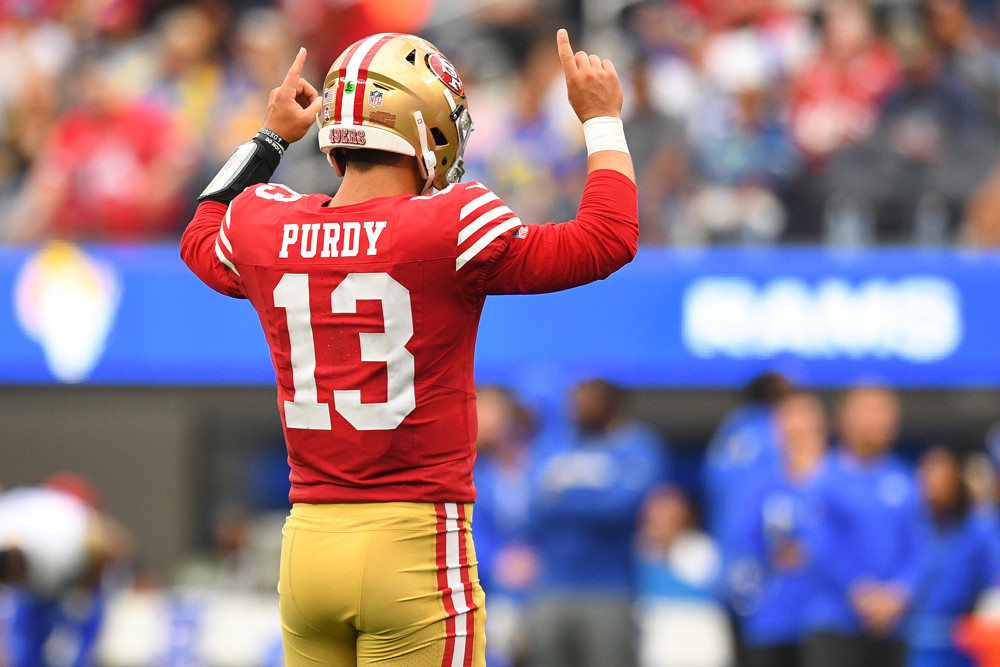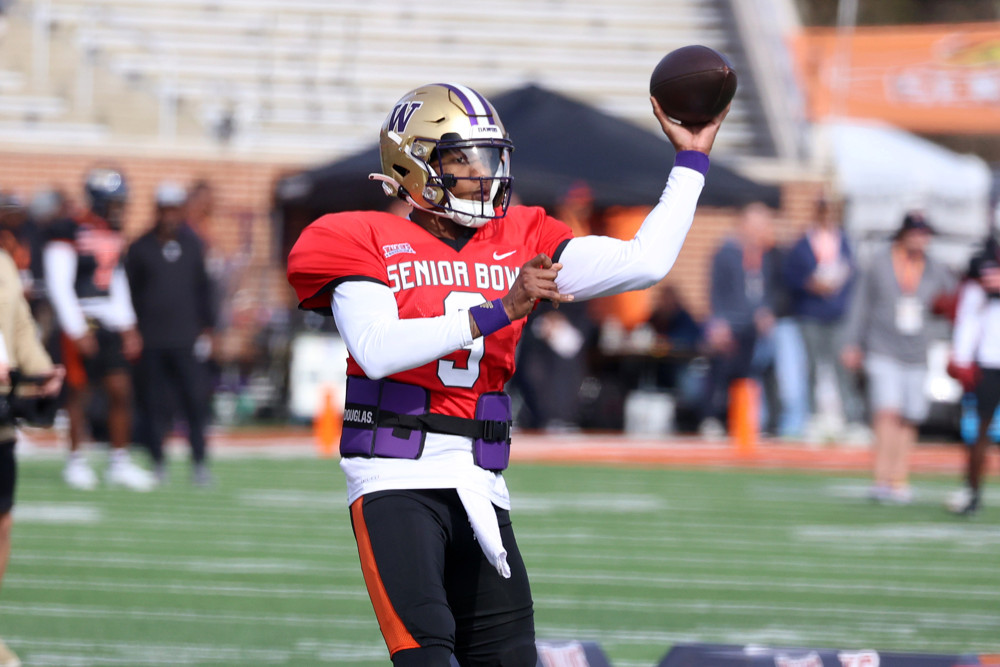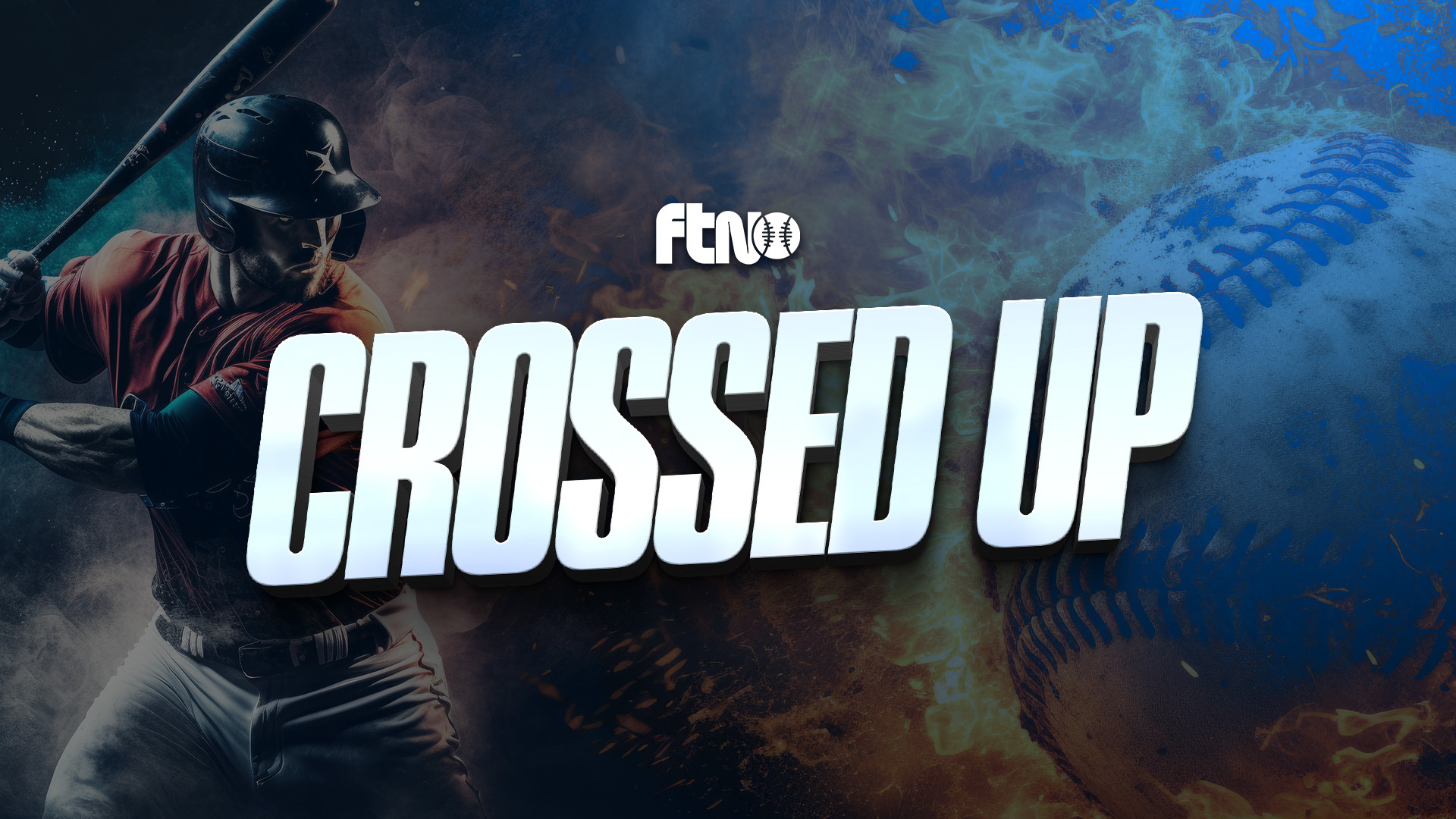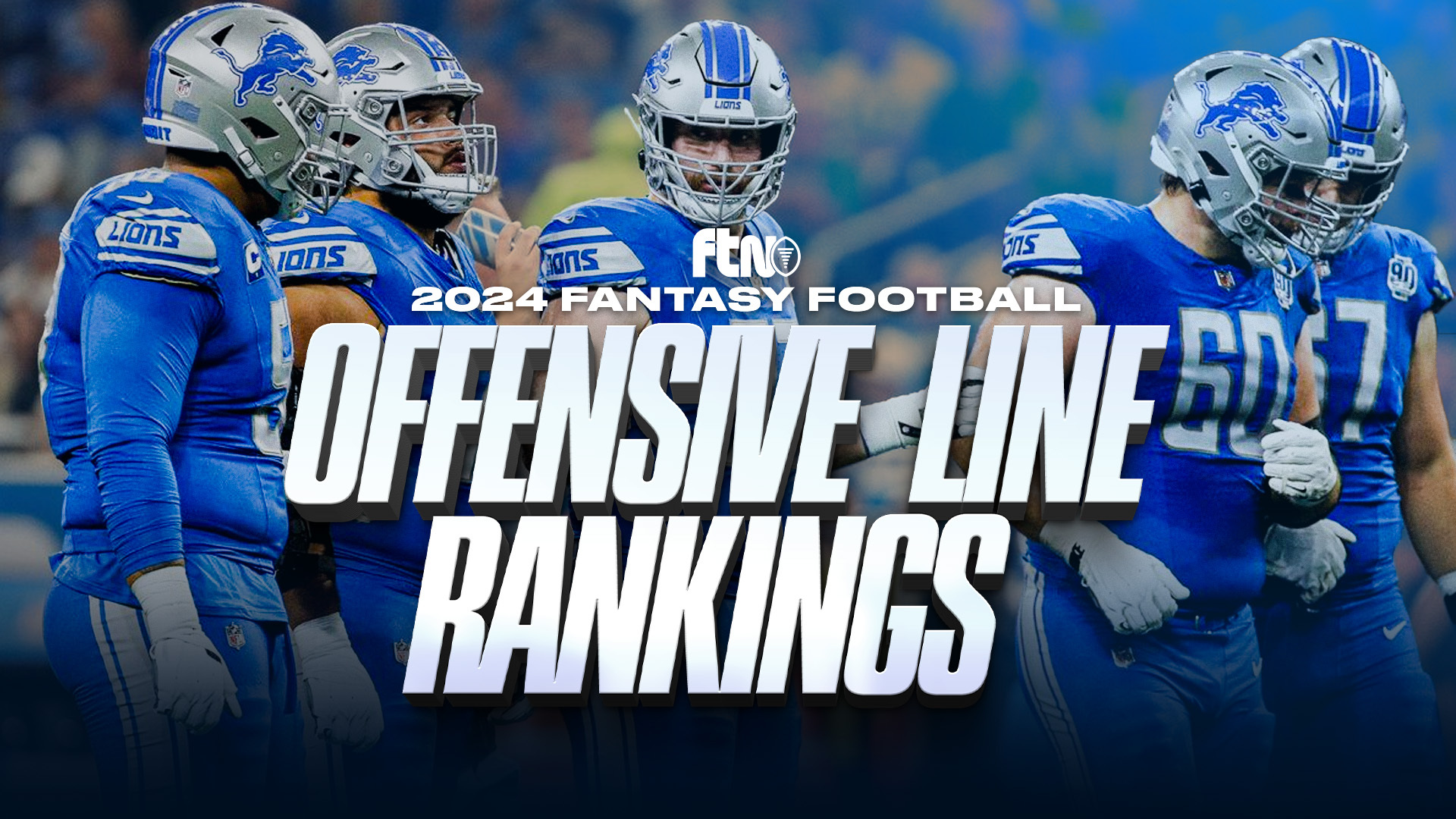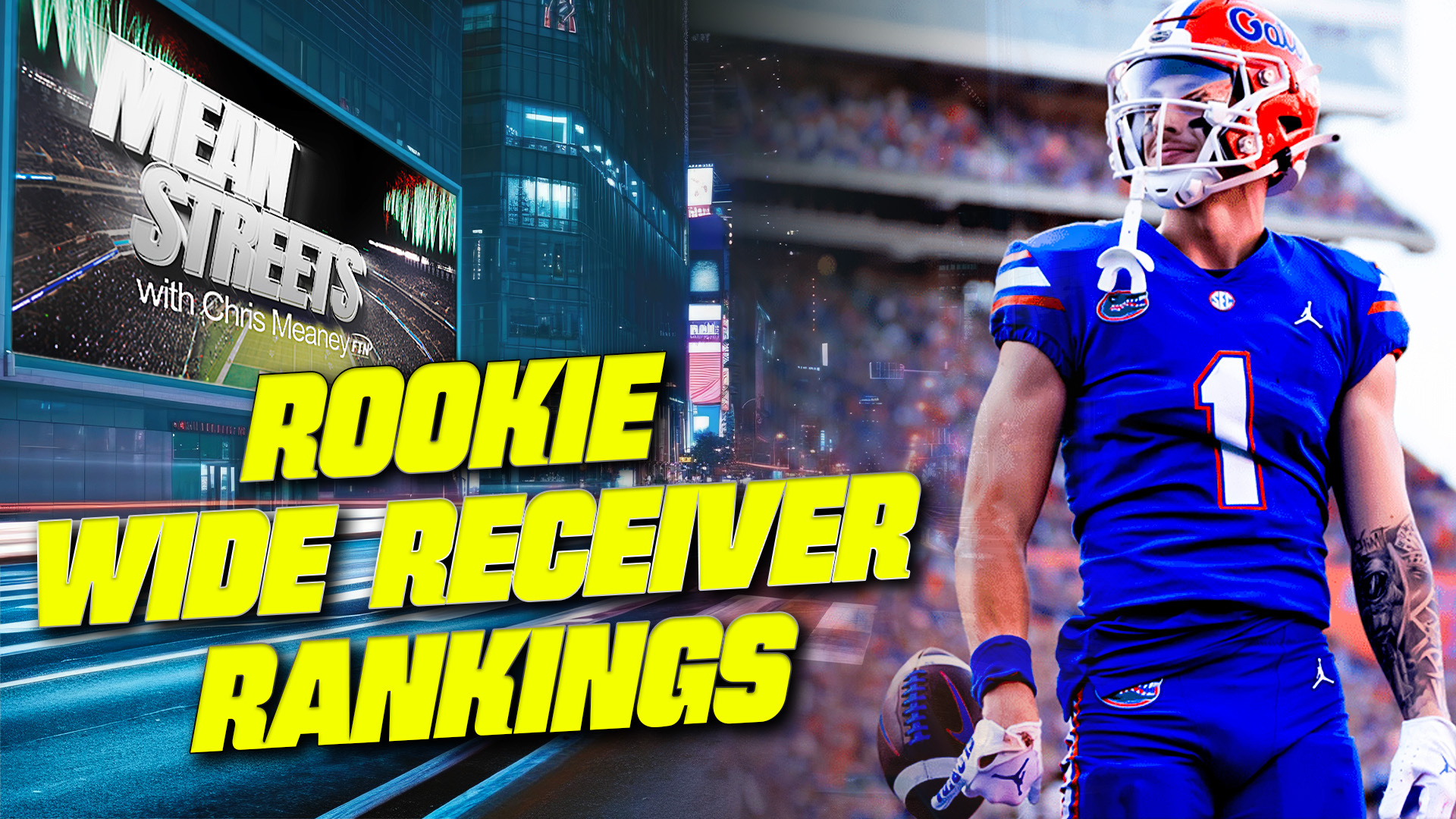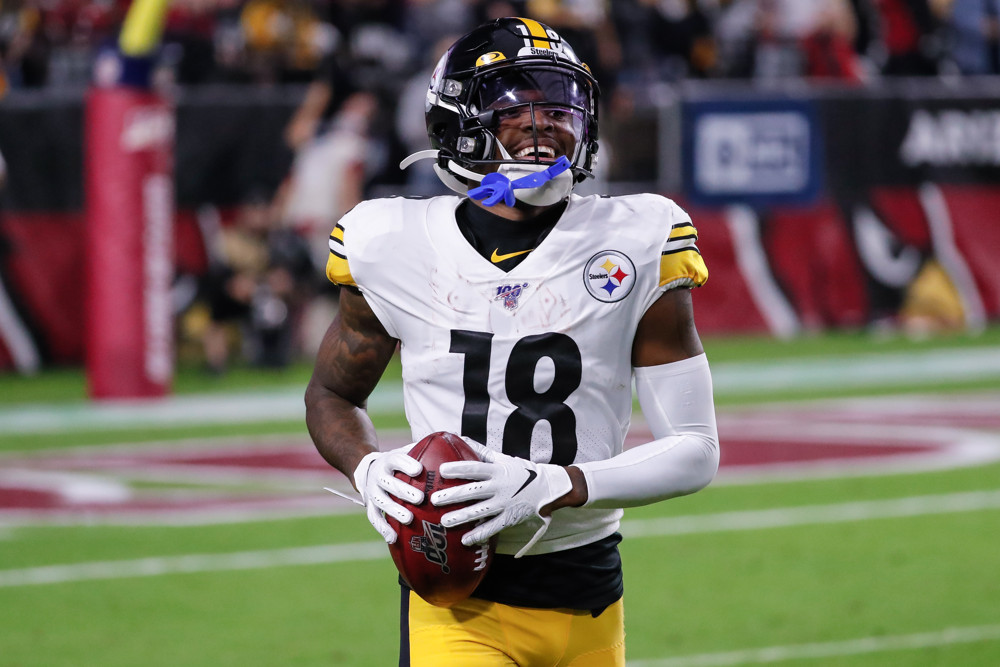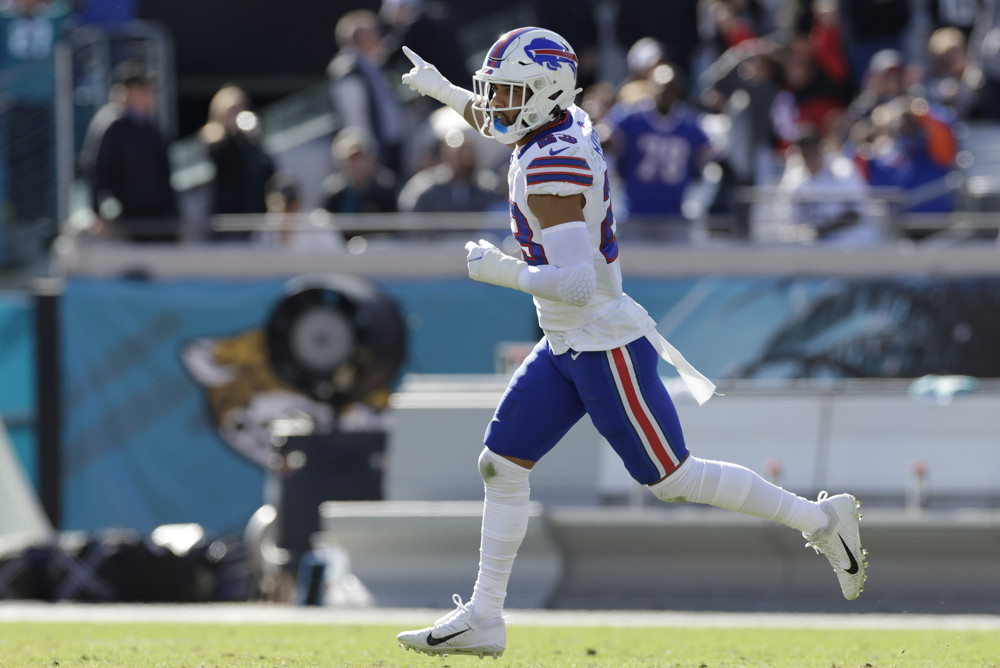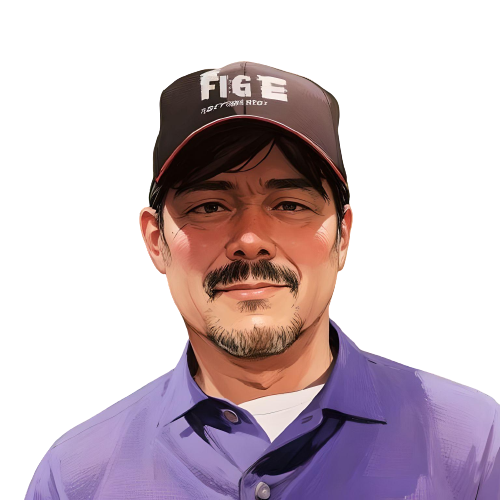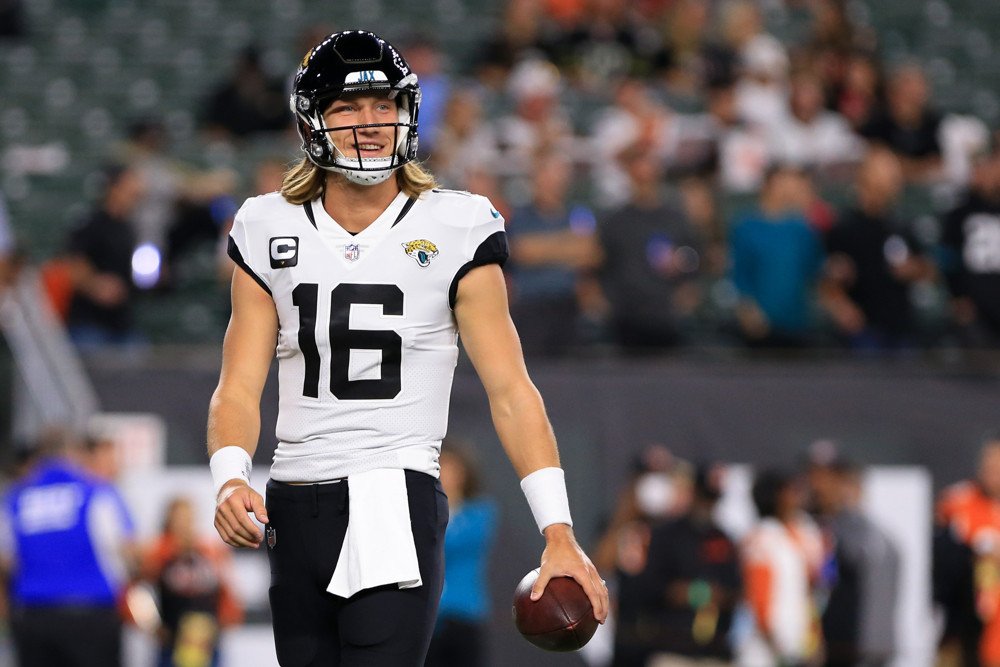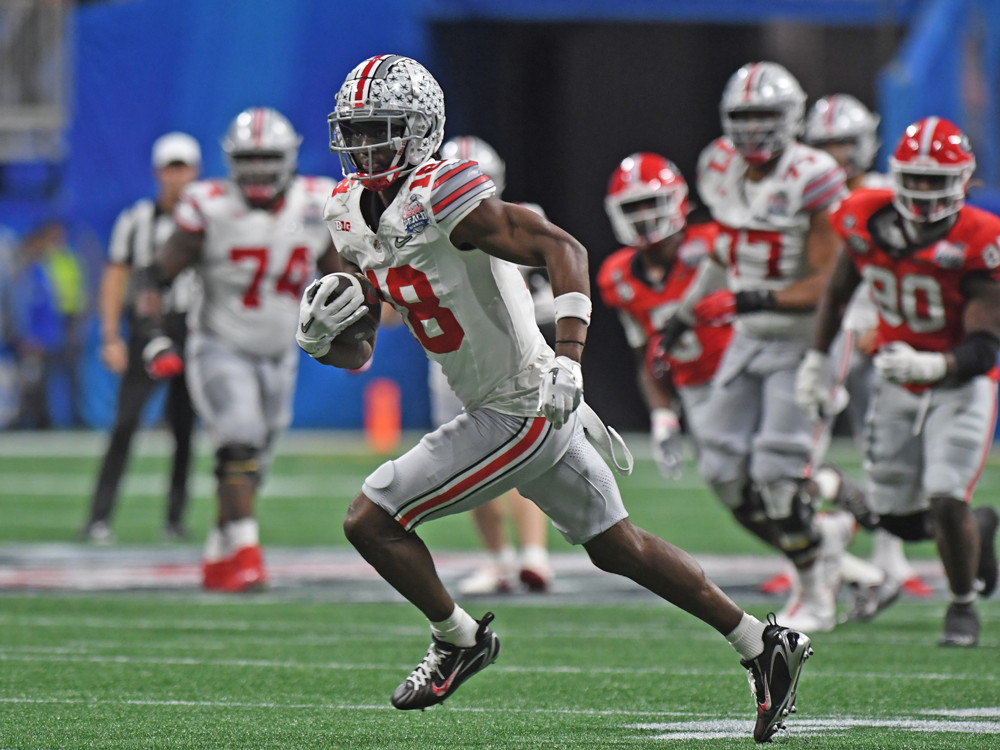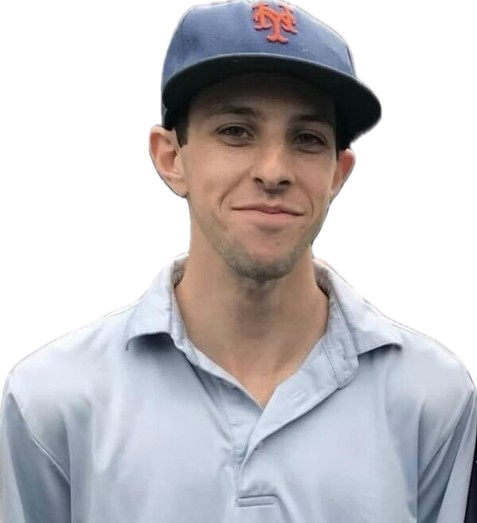
(Welcome to the FTN Fantasy NFL Coaching & Coordinator Series. All summer, our Adam Pfeifer will be looking at every team’s coaching staff through a fantasy football lens, to see what means what and how a fantasy manager can capitalize on it. Today: The San Francisco 49ers.)
Our coaching and coordinating series moves to the NFC West, and we start with a team that has been so close for so long in the San Francisco 49ers.
San Francisco 49ers Head Coach: Kyle Shanahan
49ers HC since 2017
Kyle Shanahan’s offense is one of the most quarterback-friendly in all of football, and it also present a ton of upside for fantasy football purposes. The scheme has been practically identical since he joined San Francisco back in 2017, though we have seen a few wrinkles, especially this past season. Shanahan and this unit have been so, so close to a Super Bowl title over the last few seasons. Still, Shanahan remains one of the game’s best playcallers, while you’d be hard-pressed to find many rosters with more talent across the board.
The Wide Zone

At their core, the 49ers want to run the football, mainly out of the wide zone scheme. Since 2020, San Francisco ranks eighth in the NFL in rush rate in neutral gamescripts at 46.9%, though they did drop to just 20th this past season (45.9%). Shanahan has deployed one of the most advantageous rushing schemes in all of football, which is a huge reason why we have seen three undrafted running backs thrive in this offense over the years (Raheem Mostert, Matt Breida, Jeff Wilson). The San Francisco backfield has resembled a revolving door, as they have had a different leading rusher in each of the last six seasons. This scheme has been a wide zone, one-cut concept, with the majority of the rushing attempts going to the boundaries. And it was at least a little interesting to see how much, if anything, would change with former run game coordinator Mike McDaniel taking the head coaching job in Miami this season. In 2021, around 60% of the 49ers rushing attempts came out of zone concepts, but that number climbed to 70% this past season. Christian McCaffrey, who made his San Francisco debut in Week 7, totaled 159 carries from then on. During that span, over 72% of his carries came out of zone concepts. And although McDaniel was with him in Atlanta, he wasn’t an offensive coordinator or run game coordinator. And in 2015, Falcons running back Devonta Freeman led all running backs in zone rush attempts (206), ranking sixth in such runs in 2016 (172). A large percentage of the runs in this offense tend to go to the outside, allowing the offensive linemen to get out to the edge and create running room for running backs. In 2021, rookie Elijah Mitchell finished third in the league in outside runs (64), despite only playing 11 games. Over 30% of his carries went to the outside and in 2020, Mostert and Wilson combined for 66 outside carries, which would have ranked second in the league.
Entering the 2022 campaign, it was interesting to see how San Francisco’s rushing attack would look with Trey Lance presumably under center for the entire season. During his rookie year in 2021, Lance played meaningful snaps in three games and in those contests, he averaged 10.3 rushing attempts per game. And of his 31 rushes during those games, 19 were designed. And out of the RPO during that season, Lance ran the ball eight times on 18 total plays. Shanahan dialed up a handful of QB draws for Lance, with Samuel or even fullback Kyle Juszczyk in motion to either distract opposing defenses or create a lead-blocker for Lance. Week 1 of the 2022 season was an outlier because the game was played in a monsoon but Lance had 13 rushing attempts against the Bears, nine of which were designed. And even in Week 2, Lance had three designed rushing attempts. This was clearly going to be part of this San Francisco offense, as Shanahan was dialing up QB power plays, which most of the time came off pre-snap motion, a Shanahan staple. Unfortunately, Lance suffered an ankle injury in that game, ending his season and eliminating any components of a designed rushing scheme from the quarterback position for this team. Shanahan will also continue to manufacture touches for Deebo Samuel, whether it be on the ground or off quick pop passes in motion. Samuel averaged just under eight touches per game last season, while averaging 3.2 carries per game. His rushing attempts did drop once McCaffrey joined the team but it gave this offense so much more versatility, as you can line McCaffrey up in the slot and Samuel in the backfield, or vice versa.
All the Pre-Snap Motion
I’ve mentioned it already in multiple editions of this series but I am a massive fan of pre-snap motion.
Kyle Shanahan loves it even more.
Pre-snap motion has been a staple in Shanahan’s offenses over the years. Not only does it help with the ground attack but it also helps quarterbacks decipher whether a team is in man or zone coverage. In 2021, the 49ers utilized pre-snap motion on over 40% of their plays but this past season, they used it 50% of the time, per FTN Data. That was the second-highest rate in the NFL, behind only the Miami Dolphins. Whether it is with Samuel, McCaffrey, George Kittle, Brandon Aiyuk or even fullback Kyle Juszczyk, San Francisco always finds ways to create constant eye movement from opposing defenses, forcing them to react, rather than attack.
Yards After the Catch
Quarterbacks must love playing in Shanahan’s offense. For years, it has been built around getting the ball to the skill position players so they can make plays after the catch. In 2020 and 2021, 54% and 65% of Jimmy Garoppolo’s passing yards came after the catch, which ranked eighth and first among all quarterbacks with at least 100 attempts. During that same span, Garoppolo averaged 6.5 and 7.6 yards after the catch per completion, leading the league in that department both seasons. According to PFF, nearly 40% of Garoppolo’s targeted routes were a combination of slants, crossing routes and in routes. Meanwhile, the intermediate passing game was huge for Garoppolo last season. In fact, 25.9% of his 2021 pass attempts were in the intermediate range (10-19 yards), the highest rate in the league. As for this past season, nothing changed, as Garoppolo once again led the NFL in yards after the catch per completion (7.0), while nearly 60% of his total passing yards came after the catch.
And even with Brock Purdy taking over at quarterback in Week 13, the 49ers scheme didn’t change, as Purdy averaged a healthy 6.2 yards after the catch per completion. 706 of his 1,374 passing yards came after the catch (52%), while 26% of San Francisco’s targets were to the middle of the field, the sixth-highest rate in football. The heavy use of pre-snap motion also helps quarterbacks in this system, as it paints a clearer picture of what the opposing defense is running, while often giving phenomenal football players like Samuel, Aiyuk, McCaffrey and Kittle free releases. If healthy, Purdy will likely start at quarterback for this team again and continue to target the middle of the field early and often. According to FTN Fantasy’s Directional Tool, George Kittle and Brandon Aiyuk both saw 26 targets in the short middle portion of the field, which made up over 30% of Kittle’s total targets and 23% of Aiyuk’s targets.
We did see a drop in play-action rate from San Francisco last season, which is a little surprising. In 2021, Garoppolo posted a play-action dropback rate of 27.5%, but that rate fell to 22% this past season. Purdy, meanwhile, was right next to Garoppolo at 22.9%, which ranked 27th and 28th, respectively, among all qualified signal callers. This passing game is mostly out of the I-Formation with short dropbacks, quick decisions and a ton of movement around the quarterback.
Personnel
Shanahan continues to run a ton of 21 personnel (two running backs), and that won’t change. The 49ers operated out of 21 personnel about 20% of the time in 2022, the third-highest rate in football, while only the Dolphins (I’m shocked) ran more 21 personnel on first down than San Francisco (41%). Kyle Juszczyk’s role in this offense is huge, which keeps him on the field as much as any fullback in the league. In 2021, was second at the position in snaps and very quietly was 21st among all running backs in routes run with 260. And this past season, Juszczyk was once again second among fullbacks in snaps (279) and first in routes run (203). He even lined up in the slot over 25% of the time and on the outside almost 19% of the time. And, of course, there is a lot of versatility in this offense with both Samuel and McCaffrey, as Shanahan can run formations where both players are in the backfield, out wide, in the slot, etc. Samuel played almost 100 snaps from the backfield last season, while McCaffrey played 52 snaps at slot receiver since joining the team in Week 7.
Defensive Coordinator: Steve Wilks
CAR HC 2022, CLE DC 2019, ARI HC 2018
With DeMeco Ryans now the head coach in Houston, San Francisco will have a different defensive coordinator for the first time since 2021. The team hired Steve Wilks, who has spent plenty of years as a head coach, defensive coordinator and defensive backs coach throughout his career. Wilks has a very aggressive scheme that calls plenty of blitzes, especially from the defensive back position, which is something we haven’t seen much of from San Francisco over the years. Last year, Carolina was top-seven in blitz rate at over 29%, while Wilks’ defenses ranked third (38.5%) and fifth (38.2%) in 2018 and 2019 with Arizona and Cleveland. Meanwhile, since 2021, San Francisco has been slightly below average in terms of blitz rate.
Fantasy Football Takeaways
From Mr. Irrelevant to an NFC Championship game, Bruck Purdy was one of the best stories of the 2022 season. Purdy made his debut in Week 13, and from that point on, he wasn’t just a viable starter for the time being — he was legitimately impressive, ranking sixth in completion percentage (68.3%), fifth in yards per attempt (8.1), first in passing touchdowns (13) and fourth in fantasy points per dropback (0.61) during that span. While it is difficult to expect similar production in a potentially larger sample size in 2023, Purdy will be the starting quarterback when healthy, and the starting quarterback in a Shanahan offense is going to have some really strong performances. You aren’t drafting Purdy in a traditional, 12-team, one-quarterback league but he clearly has upside in superflex formats.
After dealing with multiple injuries in 2020 and 2021, Christian McCaffrey played 17 games in 2022, though 11 weren’t even with the Carolina Panthers. McCaffrey was traded to San Francisco ahead of Week 7 and from then on, he was the RB3 in fantasy, though he was limited in his first game with the team. From Week 8 on, however, he was the RB1 in fantasy, averaging 5.0 receptions, 15.1 carries and 23 fantasy points per game. Finishing as fantasy’s RB1 is clearly in his range of outcomes but it is worth pointing out that McCaffrey’s splits were not as favorable when playing alongside Elijah Mitchell. In four games alongside Mitchell last year, McCaffrey averaged just 10.5 carries, 4.5 receptions and 15.2 PPR points per game. He also failed to reach 70% of the snaps in any game Mitchell played in. If that trend continues in 2023, it might be more difficult for McCaffrey to post RB1 production, though he remains an obvious top-seven fantasy selection.

Following an absurd 2021 campaign, Deebo Samuel took a step back in 2022. His league-leading 18.2 yards per reception dropped to 11.3, while his insane touchdown rate predictably came down. Samuel still saw a good number of rushing attempts (3.2 per game) but saw so many low-upside targets. His 2.5 yards before the catch per reception was easily the lowest rate among qualified wideouts, while his 4.51-yard aDOT was the second lowest in all of football. Samuel still averaged almost eight total touches per game this past season, but the addition of McCaffrey clearly didn’t help his fantasy production, as he averaged about four fewer fantasy points per game in contests alongside CMC. Samuel is still one of the most talented players in the world and is going to have a huge role in a fantasy-friendly offense. He’s a low-end WR2 for me.
Brandon Aiyuk is coming off a breakout campaign, catching 78 balls for 1,015 yards and eight touchdowns. He has some of the best route-running/defender manipulation skills in all of football, allowing him to get open against man coverage. Per FTN Data, Aiyuk posted a 26.3% target share against man coverage. Aiyuk did get a bit lucky when it comes to touchdowns, as he scored eight times, despite seeing just three end zone targets. And per FTN Fantasy’s Expected Fantasy Points, Aiyuk was only expected to score five times. Still, he’s one of the most underrated wideouts in football and despite being in a loaded offense, Aiyuk saw a healthy 23% target share last season.
Although he’ll have stretches where he isn’t as involved as you’d like, George Kittle remains one of the best tight ends on the planet and offers league-winning upside. Kittle’s touchdown rate was insane last year, as he scored 11 times on 60 receptions. His near-13% touchdown rate easily led the position and is obviously unsustainable. Kittle closed the season on a massive run, finding the end zone seven times over the final four weeks. He remained elite after the catch, averaging 4.1 yards after the catch per target, which often helps him make up for underwhelming target totals. Kittle will have plenty of huge weeks but also has a lower floor than other elite fantasy tight ends, as he was under 30 receiving yards eight times.




